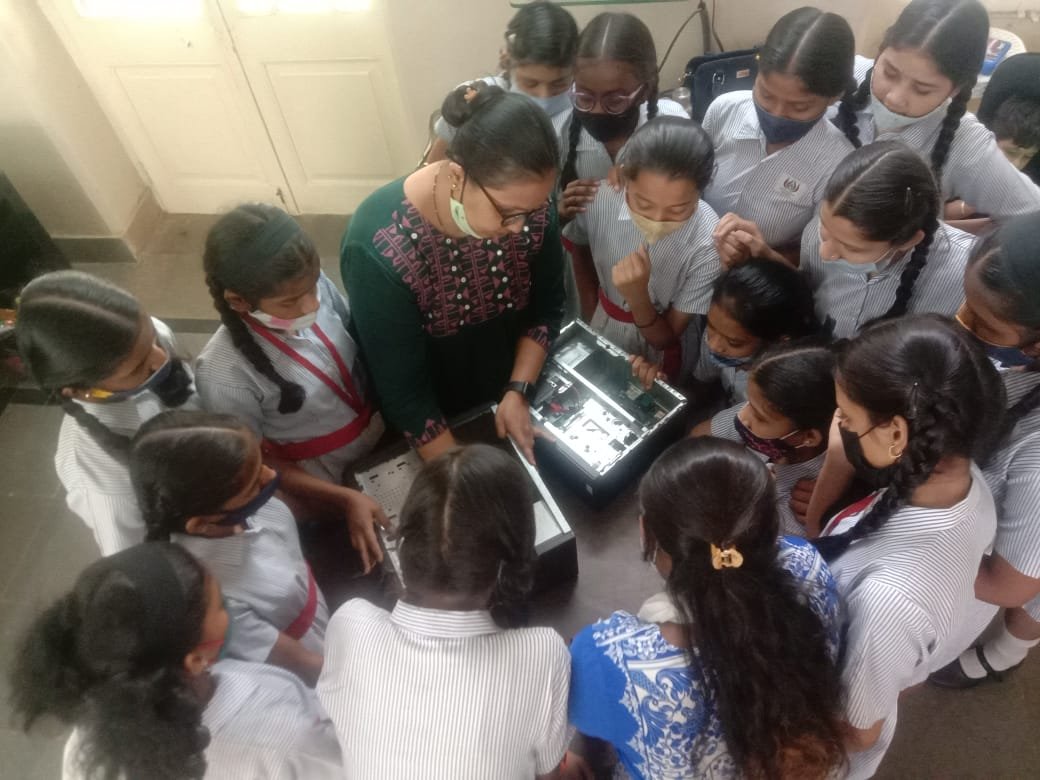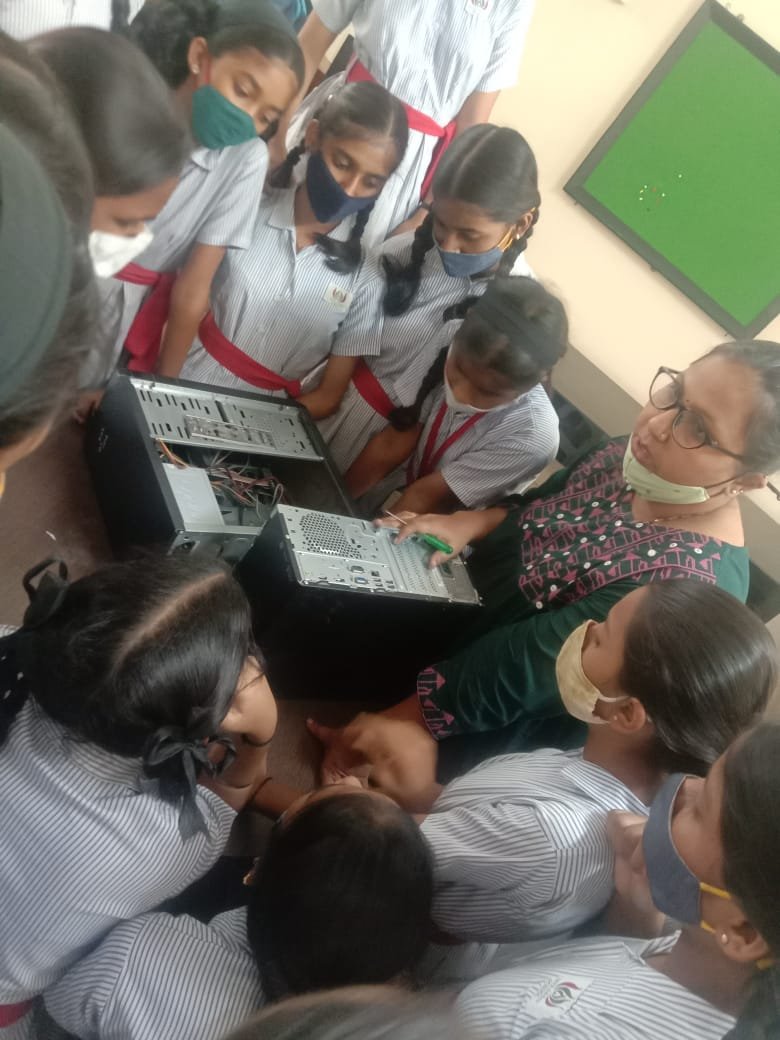Celebrated every year on March 8, International Women’s Day honors women’s social, cultural and political achievements while calling for an end to gender inequality. The 2022 theme, Break the Bias, speaks to the heart of C2C’s mission to empower girls with the knowledge needed not only to break down societal barriers but to chart their own future.
International Women’s Day celebrates the power of women as leaders and change-makers, which in turn elevates the status of women everywhere. C2C’s direct, hands-on approach to educating girls fulfills this same goal. By giving girls practical tools through STEM training and life skills development, C2C sets them on the path to leadership and self-autonomy.
C2C’s success is most evident in the stories of the girls who have benefited from our classes and programs. Girls like Bindu and Gayathri came to C2C’s partner schools from impoverished backgrounds in which education was not feasible. After excelling in their studies, learning life skills such as critical thinking and problem-solving, and discovering the depths of their own abilities, both Bindu and Gayathri continue to pursue their goal of becoming engineers. Women have often confronted barriers to success in the STEM industry, but when equipped with the right skills and training, girls like Bindu and Gayathri know they have the power to overcome those obstacles and to pursue their own choice of career.
C2C also emphasizes the importance of creativity, another key component of International Women’s Day. Creative pursuits such as art, poetry, and journal-writing are powerful media for change. Through our Journaling program in which girls write and/or draw their personal thoughts and feelings, C2C encourages them to strengthen their self-awareness and to relate their feelings to the world around them–a first step in becoming an agent of social change.
Women from underserved communities often confront barriers in the forms of language and technology. Without access to phones, computers, or internet connections, many girls and women throughout the world don’t have the resources to become informed or to make their voices heard. C2C seeks to rectify this imbalance by providing girls with English skills and practical training on internet use, cybersecurity, typing, and computer literacy. Through the COVID-19 pandemic, we also provided girls and their families with technology and Wi-Fi connectivity to allow them to continue their education and stay informed.
C2C supports International Women’s Day mission to “Break the Bias” and to amplify women’s voices and power on a global scale. As they gain both a comprehensive education and practical knowledge through C2C programs, girls learn how to use all the tools they possess to break down both biases and barriers.

































